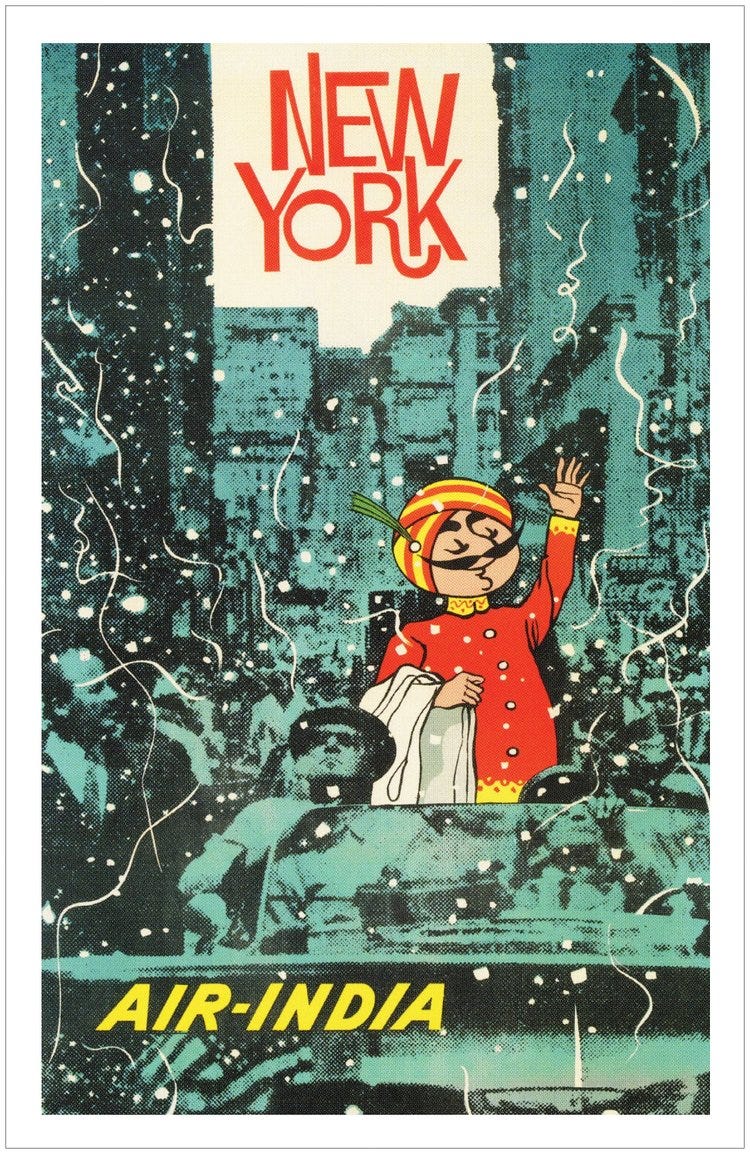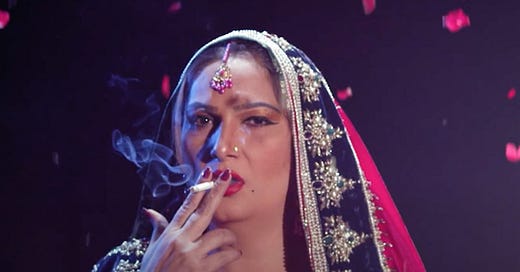The Showgirls of Pakistan: Where Comedy, Art, and Vulgarity Converge in Punjabi Theater
Words by Waqas Ahmed Khan
Welcome to the Brown History Newsletter. If you’re enjoying this labour of love, please do consider becoming a paid subscriber. Your contribution would help pay the writers and illustrators and support this weekly publication. If you like to submit a writing piece, please send me a pitch by email at brownhistory1947@gmail.com.
Don’t forget to check out our SHOP and our Podcast.

The Showgirls of Pakistan: Where Comedy, Art, and Vulgarity Converge in Punjabi Theater
In entertainment, every culture has its legends—those cherished icons and art forms that have etched their mark on the collective consciousness. Yet, sometimes, these legends emerge not from unanimous acclaim but are uncovered through controversy and misperception. Punjabi stage shows are an enigma that dances at the intersection of comedy, artistry, and vulgarity. Punjabi stage shows are a unique form of entertainment in Pakistan, primarily unfold in theatrical settings such as local auditoriums, community centers, and specially designed stages. These vibrant performances usually take place during the evening hours, often spanning late into the night. The timing is carefully chosen to attract a diverse audience and to ensure that the content aligns with the preferences of the attendees.
The demographics of the Punjabi theatrical audience are as diverse as a patchwork. These performances draw a wide variety of viewers, including men, families, and people from all walks of life. Men make up a sizeable section of the audience, which is frequently attracted by the mix of humor, satire, and adult humor on exhibit.
It often faces criticism for its seemingly offensive humor, coarse language, and stereotypical portrayals. However, beneath this initial façade lies a rich tapestry of multi-dimensional comedies, teeming with entertainment value that transcends the surface-level vulgarity. So, why do Punjabi stage shows fail to secure their place as one of the country's cultural treasures?





